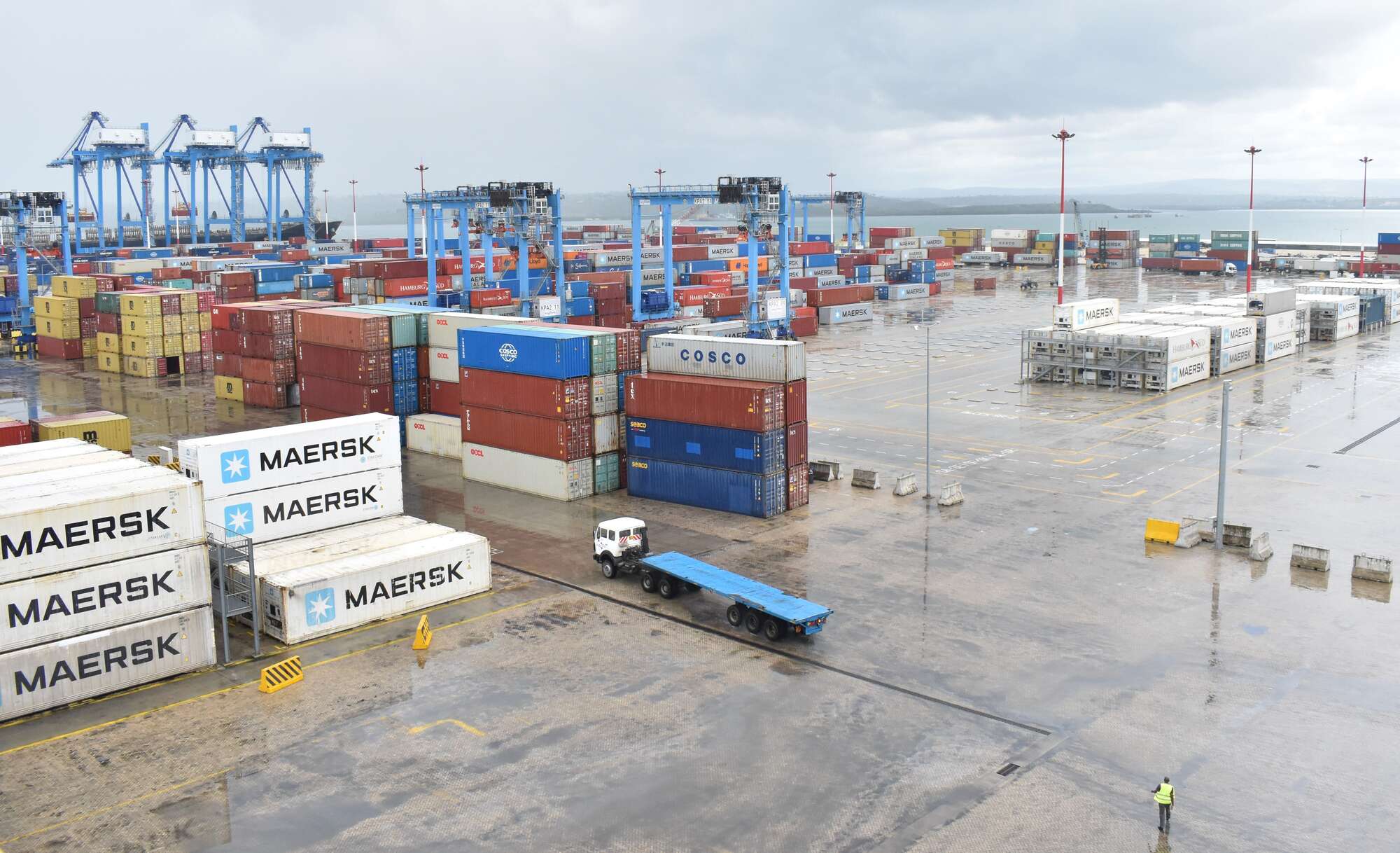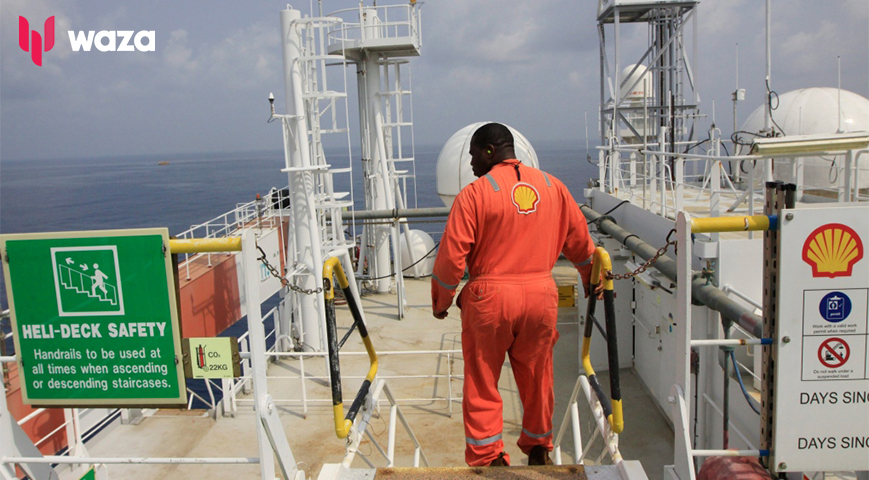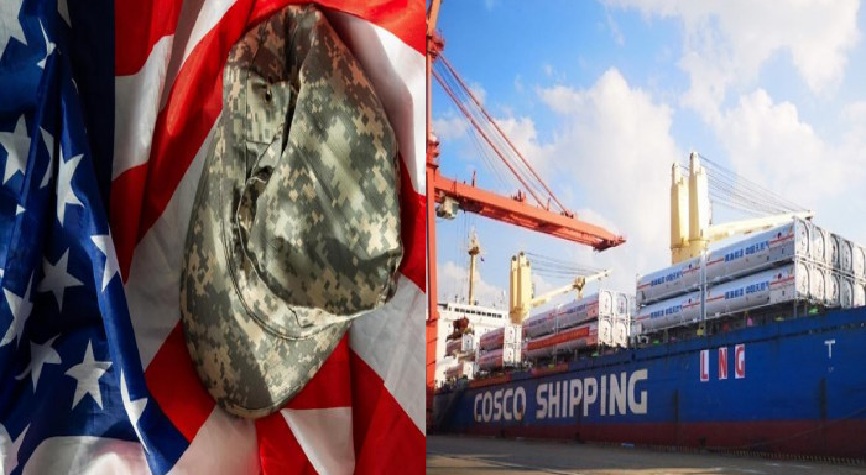According to the World Bank's latest study on the world's most efficient ports, Mombasa's port has been surpassed by Tanzania's Dar es Salaam port, posing a danger to Kenya's economy.
According to the research, the 2022 Container Port Performance Index (CPPI), the largest port in East Africa, is ranked 326, while Dar es Salaam is placed 312 out of a total of 348 ports surveyed.
This starkly contrasts with the 2021 CPPI study, which ranked Mombasa at 296 and Dar es Salaam at 316.
Kenya now ranks last among East African ports, with the port of Djibouti (Ethiopia) ranked 26 and the port of Berbera (Somalia) ranked 144.
The ranking criteria used two methodological approaches: a technical approach based on expert knowledge and judgment and a statistical approach based on factor analysis (FA).
Did you read this?
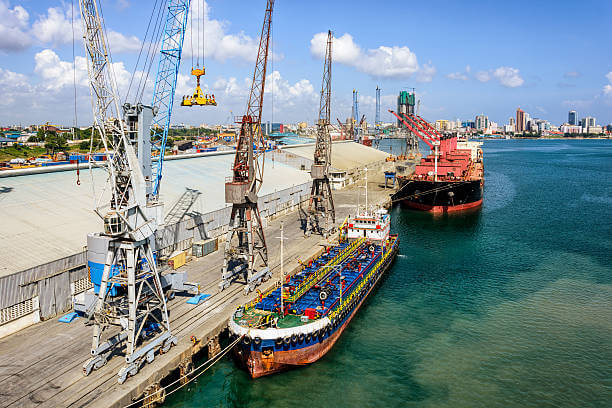
The rationale for using the two methodologies was to guarantee that the ranking of container port performance represents actual port performance as nearly as possible while also being statistically robust.
Due to severe competition from Dar es Salaam, Mombasa's port has declined.
This is due to a shift in routes for many transporters carrying commodities into the country and other regions, with many now preferring the Central Corridor over the Northern Corridor.
Many carriers claim that the Central Corridor has better road conditions and that they prefer the border fees and road tolls.
The Central Corridor, which stretches over 1,300 kilometres, begins at the Dar es Salaam port and travels through Tanzania, Rwanda, Burundi, Uganda, and the eastern Democratic Republic of Congo (DRC).
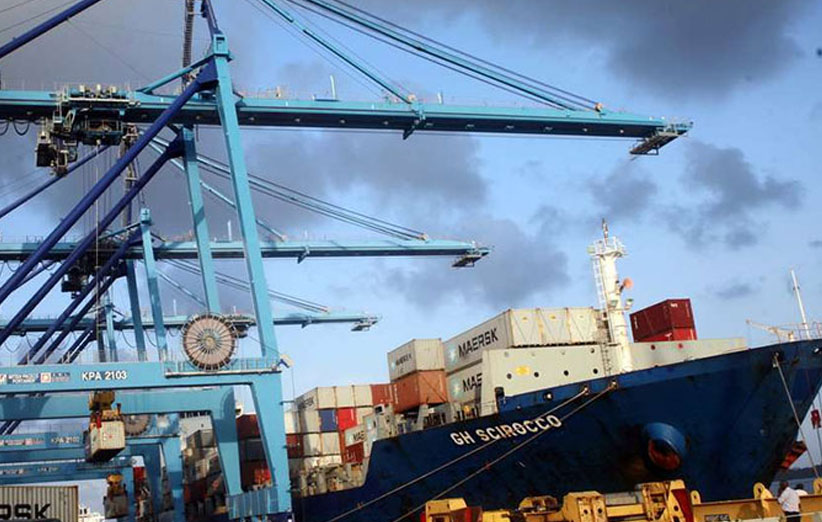
The Northern Corridor runs approximately 1,700 kilometres from the Mombasa port via Kenya, Uganda, Rwanda, Burundi, and the eastern (DRC) Democratic Republic of the Congo.
According to Gilbert Langat, chief executive of the Shippers Council of Eastern Africa (SCEA), the number of traders from Uganda and Rwanda choosing to ship their goods through Dar es Salaam is steadily increasing due to the change in routes.
"Right now, the northern and central corridors are competing." "The Mombasa Port's share of goods to Uganda and Rwanda has already shrunk from 75 to 80% in previous years to 63% in the fourth quarter of 2022," Langat told Business Daily.
"This means that the central corridor (Dar es Salaam) now handles about 37% of regional cargo volumes, up from about a fifth previously."

